In conversation with Hussain AlMoosawi

Although you could easily call Hussain AlMoosawi a designer, photographer, or a visual journalist, the term that the Emirati multidisciplinary creative prefers is urban typologist. For the unfamiliar, typology refers to studying, analysing, or classifying by characteristics, which AlMoosawi uses to understand our cities in a way that many of us overlook.
His most recent body of work, Facades of the UAE, is the perfect example of how AlMoosawi captures urban identity, which in turn reflects his own search for understanding. After eight years of studying in Australia, AlMoosawi returned to an Abu Dhabi that had undergone rapid change thanks to the country’s real estate boom.
Feeling unfamiliar, he set about rediscovering the city and eventually began photographing the symmetrical facades of residential buildings and office towers. In the photographs he excludes all contextual elements and captures only the facade, inviting the audience to explore the building’s characteristics and thus the city itself.
Ahead of his appearance at Semi Permanent Middle East, we caught up with AlMoosawi to hear more about the genesis of Facades and his attempt to document Abu Dhabi’s often overlooked heritage architecture.
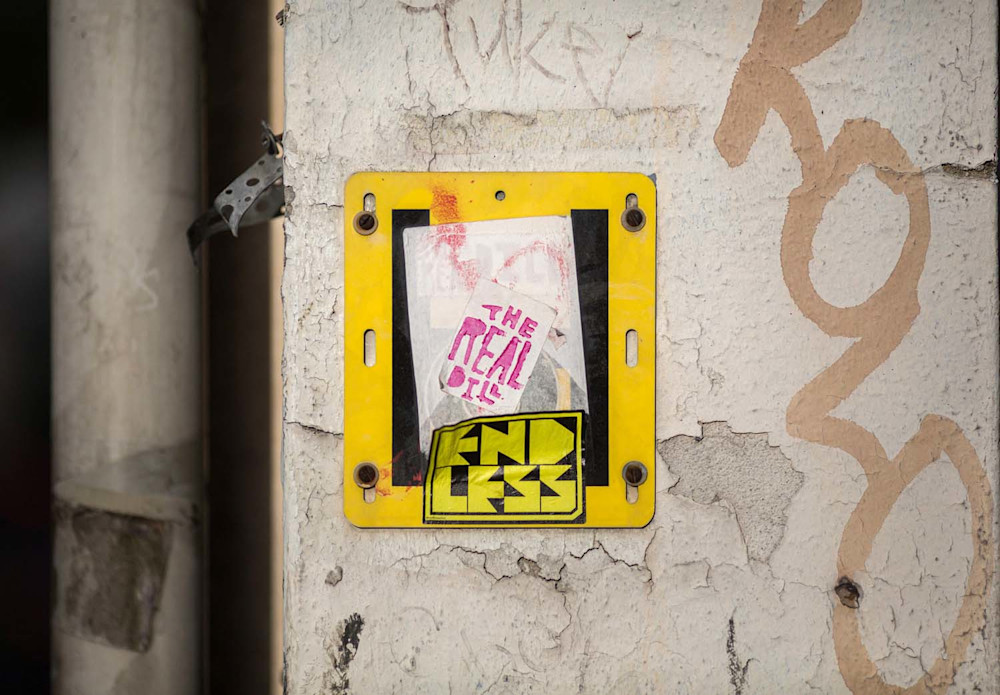
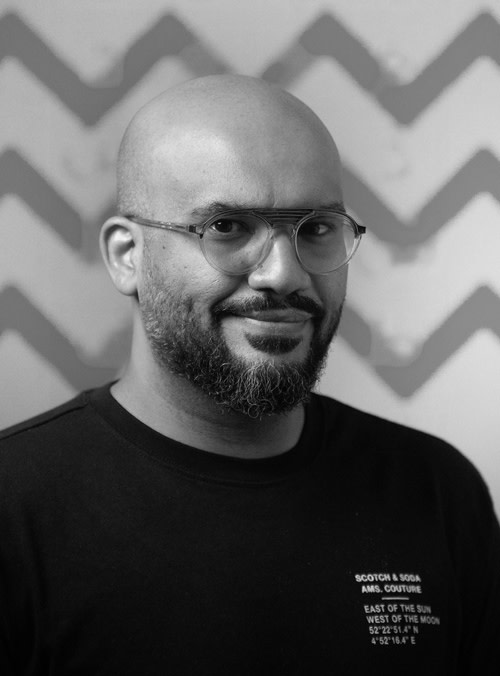
You do a lot of different things, but how do you define yourself?
I cannot identify either as a designer or a photographer when it comes to my work, because I'm not a photographer. I identify as a typologist because that's what I do — my quest is to understand space. For example, when I first moved to Melbourne, Australia I was exploring the city and moving around but it was not about having a certain outcome. It was more about me trying to understand my surroundings. And by taking pictures in a systematic way, for a whole year, focusing on a certain subject I'd be like, “Okay, I get it. Now I understand why these things are this way.”
Were you always interested in urban design and architecture or did that come after moving to Australia and being in a new environment?
I think it’s a few components that came together. It's my training as a designer, as well as the city that I’m new to discovering. Those two are like points on a triangle, with the third being my understanding of photography. Melbourne was a fertile base for me to experiment because it’s a pedestrian-friendly city where I could walk and explore. That’s not the case here in Dubai or Abu Dhabi, which do have some areas where you can walk but generally they’re more like highway cities.
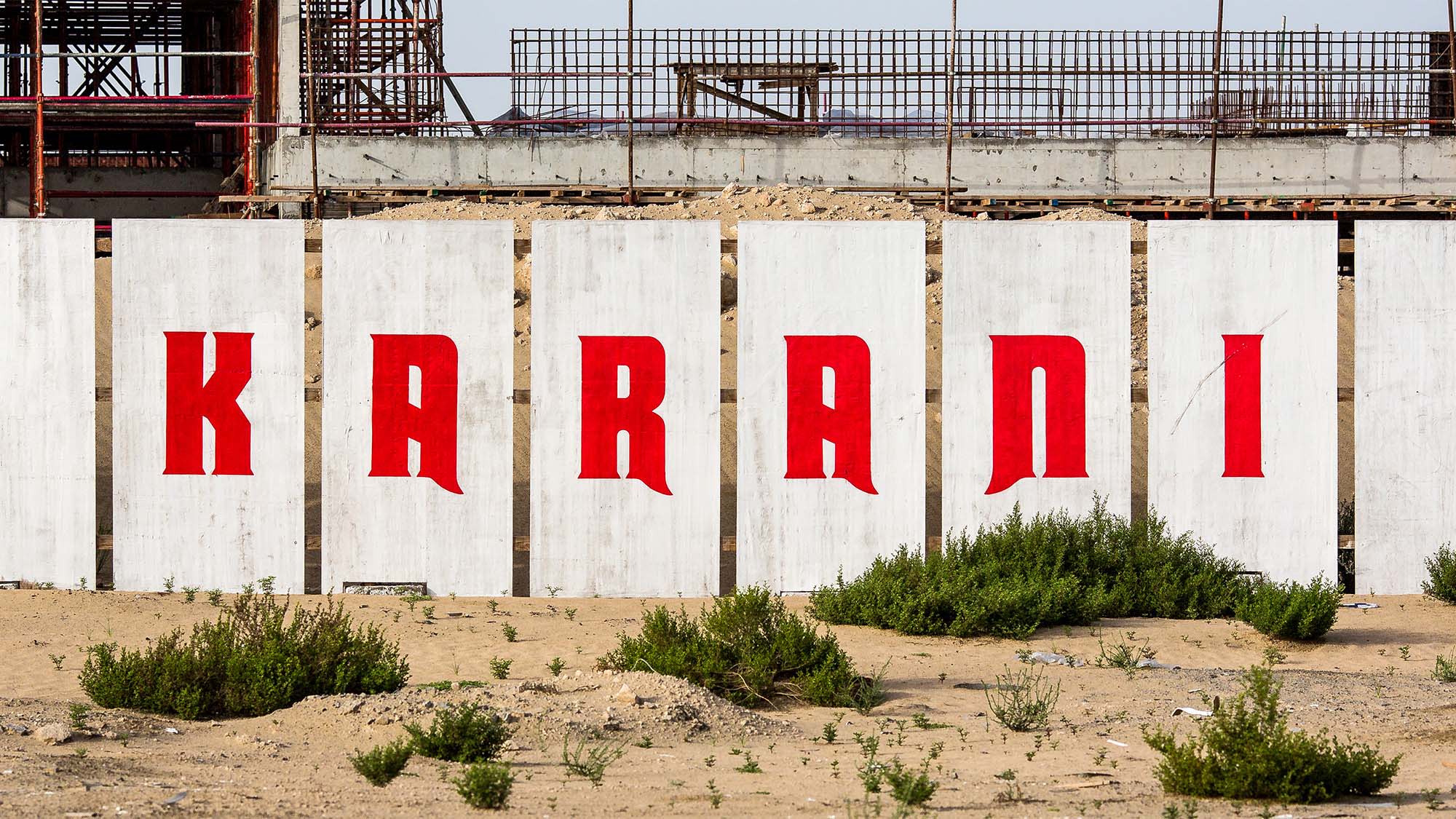
What was the catalyst then for your latest project, which is documenting the facades of buildings in the UAE?
Once I came back to Abu Dhabi, I'm originally from Dubai but I've been working here since coming back to the UAE, I realised the extent of the real estate boom that was occurring all over the country. I came back after eight years and was like, “I don’t understand this place.” I actually went to London around 2015 just to be active and take pictures because I couldn't find what I wanted here in Dubai and Abu Dhabi because the urban environment was quite different.
Once I returned again to Abu Dhabi I started thinking about what was unique to this city. I first started documenting semi-permanent structures like construction fences, which are quite unique here. That took me into industrial areas where I then started taking photos of air-conditioning units. Which in turn took me into urban areas, and that’s where I started taking pictures of residential facades and office buildings.
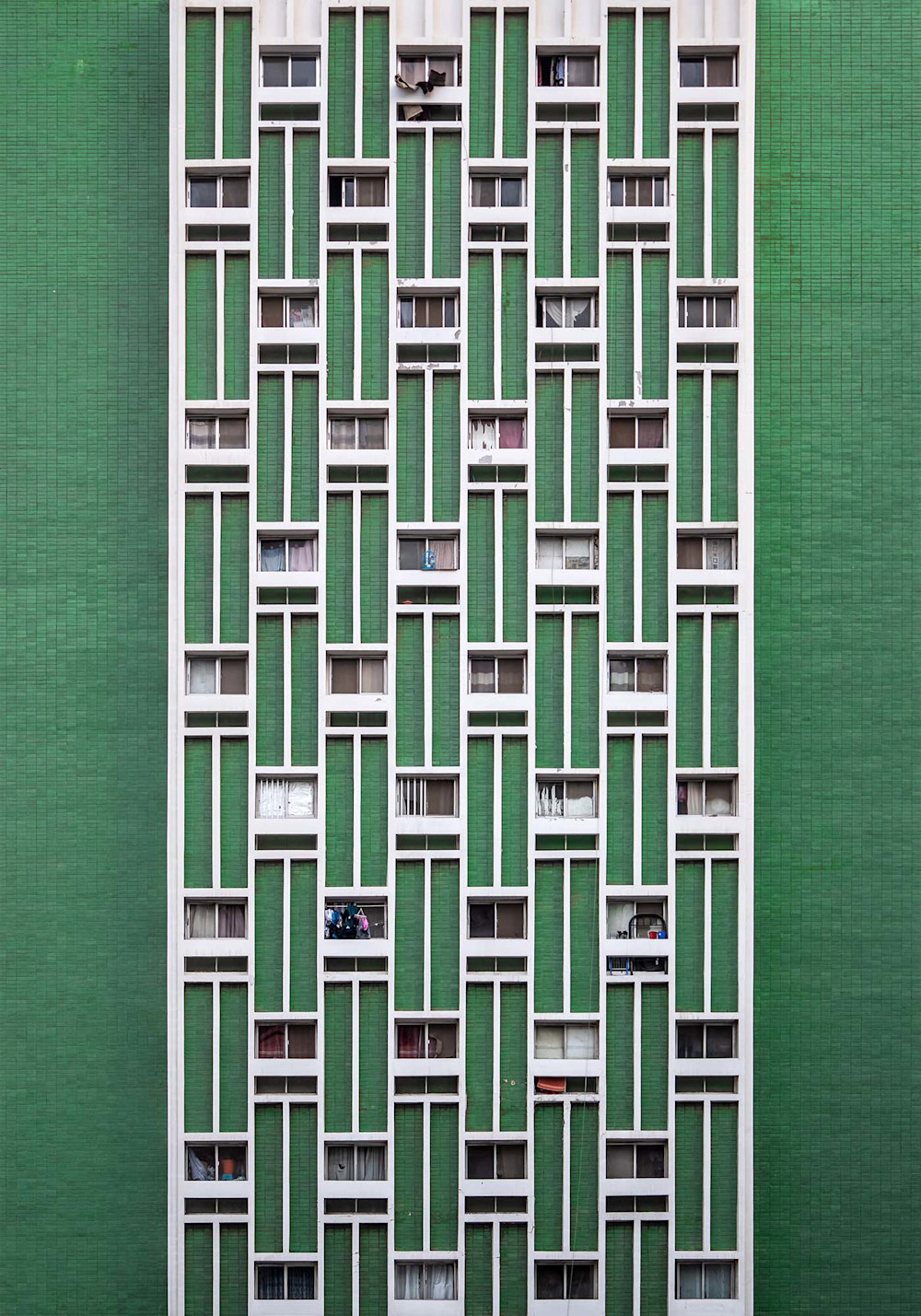
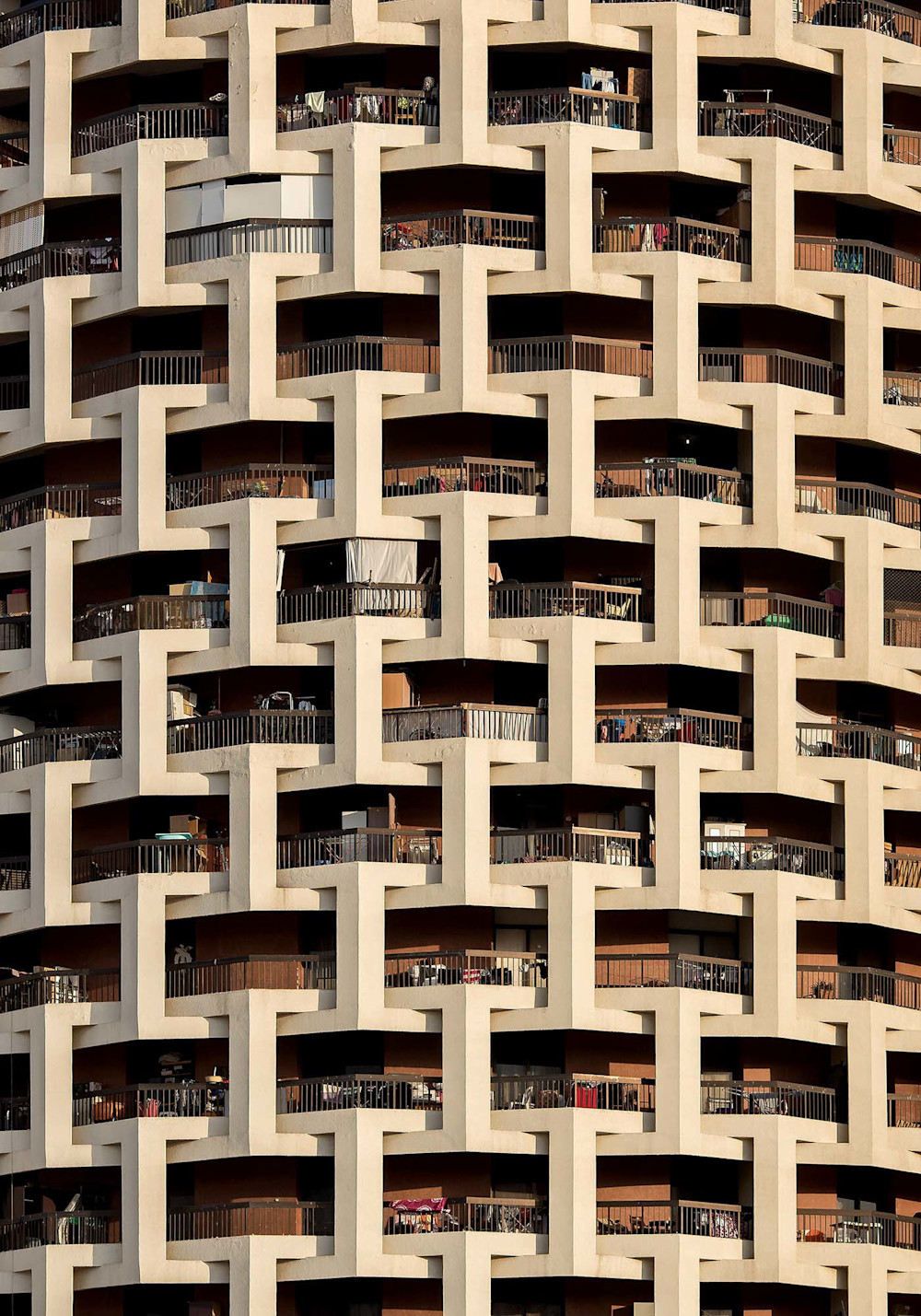
Symmetry is key to the Facade series, how did you unlock that as the central thread?
I wanted to document architecture, but I didn't know how to start because I'm not trained as an architect. I'm very systematic so I had to find an anchor. And then I had this eureka moment after three years that symmetry was an element that I could chase. Symmetry is a nice thread through which I can combine older structures as well as contemporary ones. Having that execution as well as having some kind of public interest — because many of these buildings can be connected to nostalgia — happened to create a real momentum for the project.
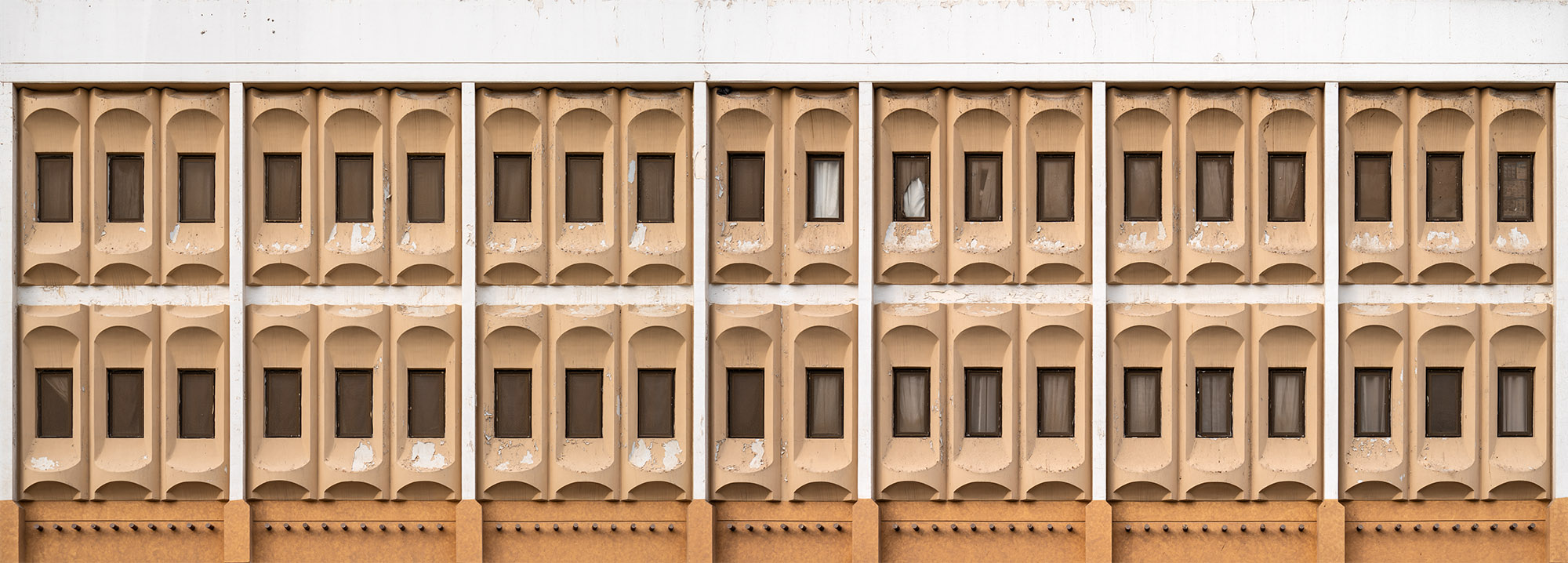
Internationally the UAE is well known for its contemporary architecture. Is part of this project a desire to showcase a lesser known side of the cities? But also to document that side before it’s developed?
My aim at the beginning was documenting all the old structures that might get demolished. When we say old in the UAE we mean like ‘70s and ‘80s because the country is very young. So definitely at an essential sort of level I was documenting that and showing it to people. And there wasn't actually much awareness of the importance of these buildings. Which is funny because when I first started I had no notion of heritage, I’m not an architect. I was just observing and documenting the rapid growth rate here. It’s crazy to think about, but it changes so quickly that in 20 years whatever is being built now will be considered heritage.
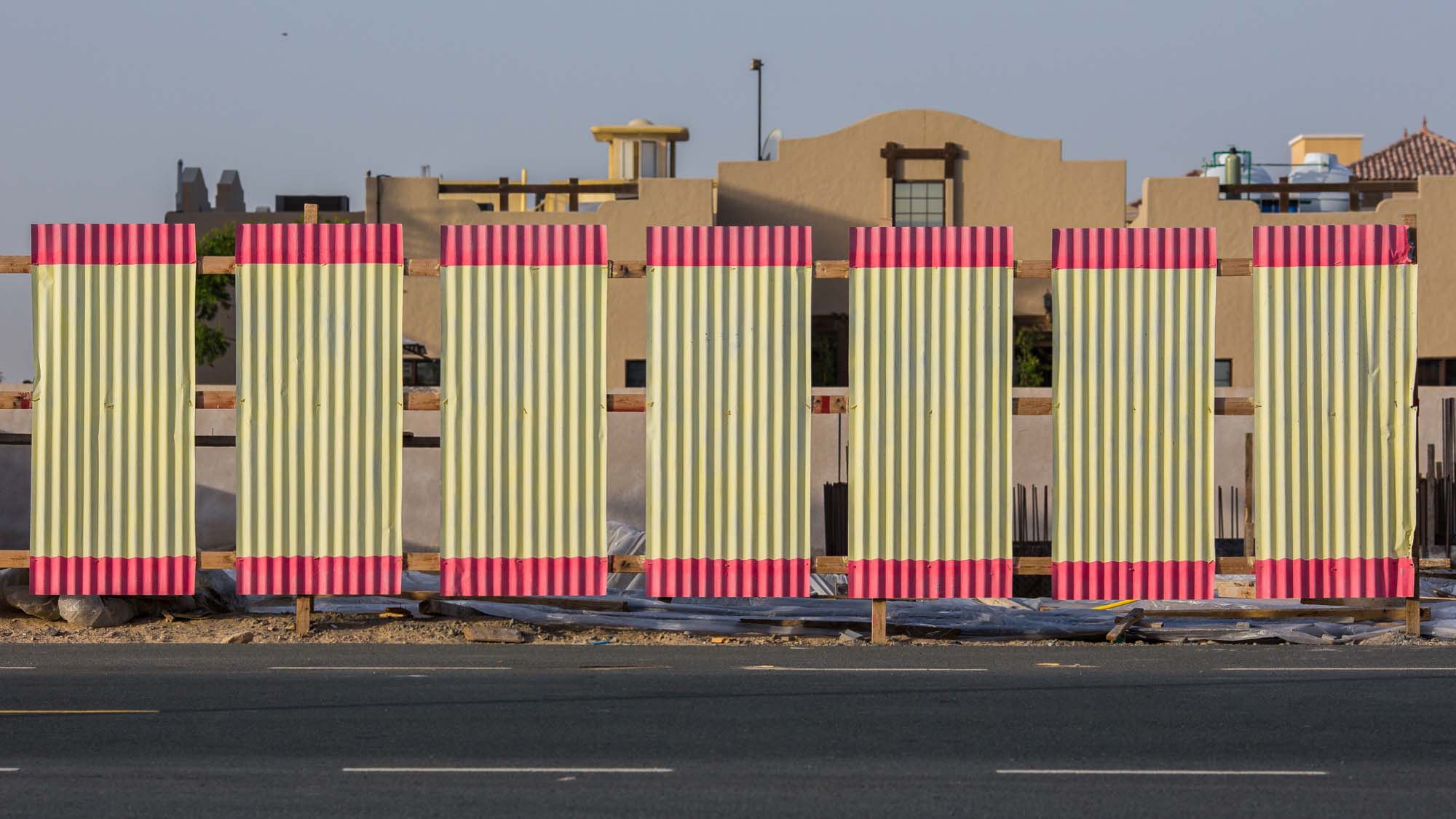
What did you discover about the style of Abu Dhabi as a city?
My other aim for the project was almost like a pictorial research where I was trying to develop a typology or a classification system for all these different buildings to understand the influences. It’s not quite clear because there was no real longterm style guide of how to build things. In Abu Dhabi in the ‘80s buildings had to adhere to a specific Islamic aesthetic. But then after the ‘90s things could get messy and you could do whatever you like. It’s very random now, like, why would you have this building next to the other one when they don’t look the same. So taking these pictures kind of helps me to kind of absorb the city. And once you have the photos side-by-side you get a sense of what’s really happening to the city on a big picture scale.
Hear more about Hussain AlMoosawi’s practice and his Facade series at Semi Permanent Middle East.